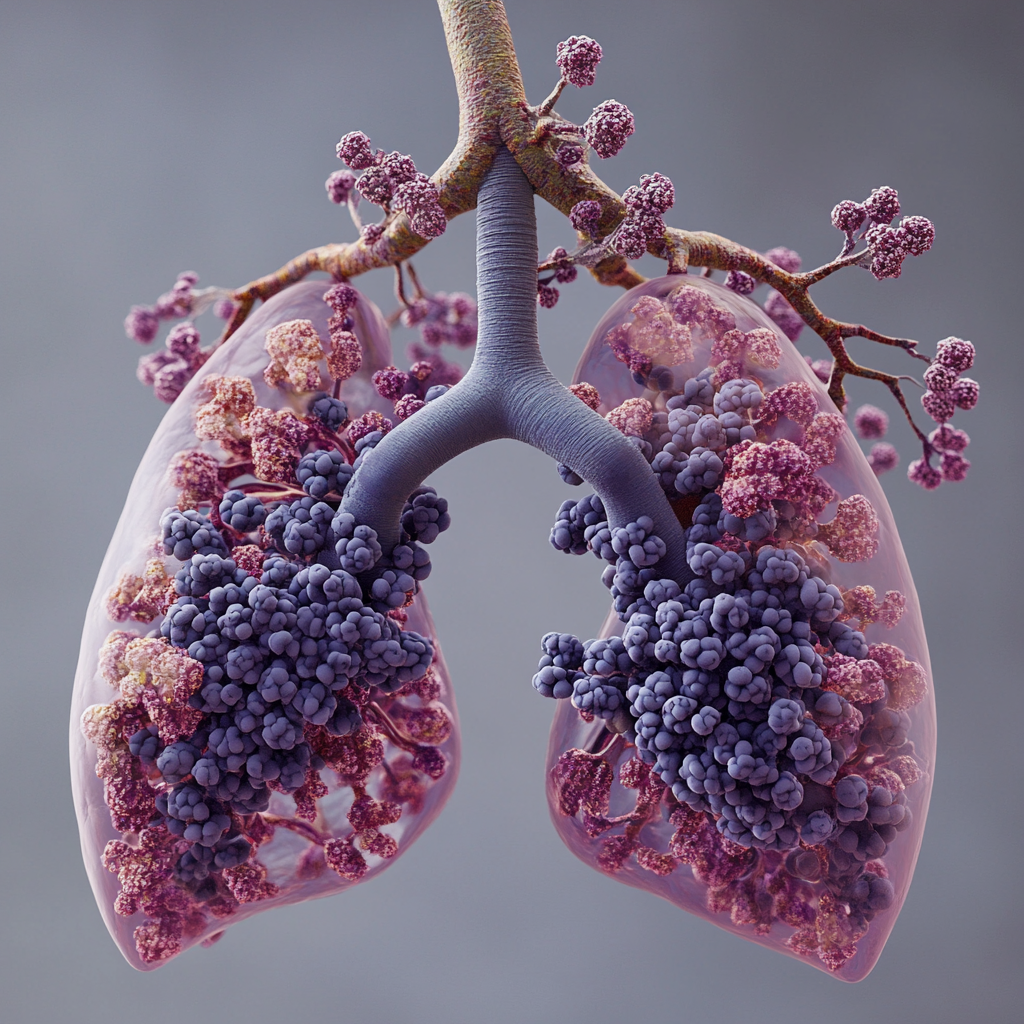Why the Physiological Sigh helps—and what it does exactly
The physiological sigh is a natural breathing pattern your body already knows. It has been studied as a naturally occurring reflex in animals and humans (during sleep, after crying or under stress) since the 1930s and 1940s, but Andrew Huberman helped bring the practice to a wider audience. You might notice it after crying, during sleep, or when you let out a deep sigh at the end of a long day. It’s your body’s built-in way to calm down and reset.
What’s happens in your body?
When we’re stressed or overwhelmed, our breathing becomes shallow and fast. This keeps us in sympathetic activation—also known as the fight-or-flight state. In that mode, we don’t breathe deeply enough to fully exhale, so carbon dioxide builds up, and the nervous system stays on high alert.
The physiological sigh does the opposite. It consists of:
👉 One long, deep inhale into your belly
👉 A second, quick top-up inhale towards your chest.
👉 Followed by a slow, extended exhale
And this simple pattern has powerful effects:
1. It rebalances your breath chemistry
That second sip of air opens tiny air sacs in the lungs (called alveoli) that tend to close when we breathe shallowly. This allows more oxygen in—and the long exhale helps your body finally release built-up carbon dioxide. You create a healthy balance in your breath again, which tells the body: “You’re okay now.” The first sip of air engages your diaphragm.
2. It calms your nervous system
The long, slow exhale gently stimulates the vagus nerve, which activates the parasympathetic nervous system—the one responsible for rest, digestion, and recovery. This helps slow your heart rate, relax your muscles, and quiet your racing thoughts.
3. It brings your whole system out of stress mode
Even just 1–3 of these breaths can create a noticeable shift. You feel a little softer. A little clearer. A little more present. From that space, it’s easier to make conscious choices instead of reacting from survival mode.
How to Do the Physiological Sigh
You can do this anytime, anywhere. Here’s how:
Inhale deeply through the nose, filling your lungs completely.
Take a second, smaller inhale through the nose—just a little top-up, as if you’re sipping in a bit more air.
Exhale slowly through the mouth, longer than the inhale. Imagine fogging up a mirror—soft and steady.
Repeat this 2–3 times. That’s all it takes.
You might feel a subtle shift—a drop in your shoulders, a slower heartbeat, a quieter mind. That’s your body returning to safety.
A Small Practice with a Big Impact
At With Ease, we believe in the intelligence of the body. When you work with it—through movement, breath, and awareness—you unlock a deep well of calm that doesn’t come from thinking harder, but from softening inward.
The physiological sigh is one of the simplest tools we use to support a regulated nervous system. It’s free. It’s fast. And your body already knows how to do it.
So next time you feel tension building or thoughts racing—pause. Take a sigh. And let your body guide you home.
Want to continue talking for free?
Let’s explore how working with your body can help you feel more grounded, clear, and calm.
Book a free discovery call today and see if it’s the right fit for you.
Read more Stories With Ease
Mastering Stress and Overwhelm while Working - The power of the moments in between
Maintaining a healthy work-life balance that genuinely suits me is nowadays all about "the moments in between." For a long time, I considered this balance in a "work-hard-play-hard" manner…
A Journaling Exercise to Face Your Scariest Thoughts with Clarity and Ease
Today, I want to share a practice that has helped me countless times over the past year in navigating anxiety. Anxiety is one of the most overwhelming emotions I experience, and at times, it feels terrifying to look inward and truly face what’s there…
Our bodies have the innate capacity to shift our state. More and more people are recognizing the significance of taking a holistic approach…






